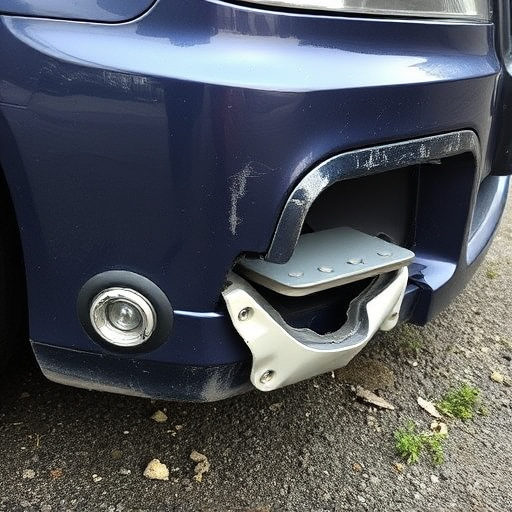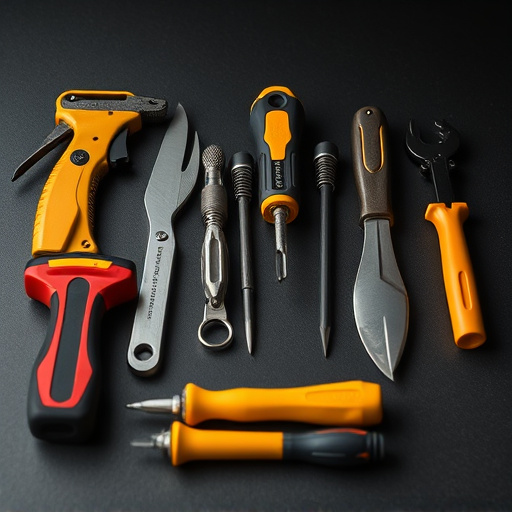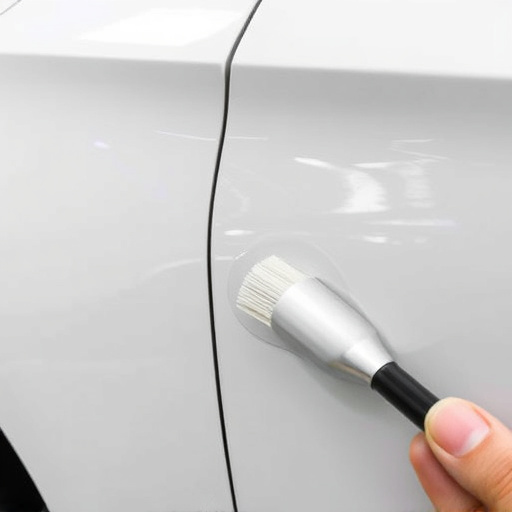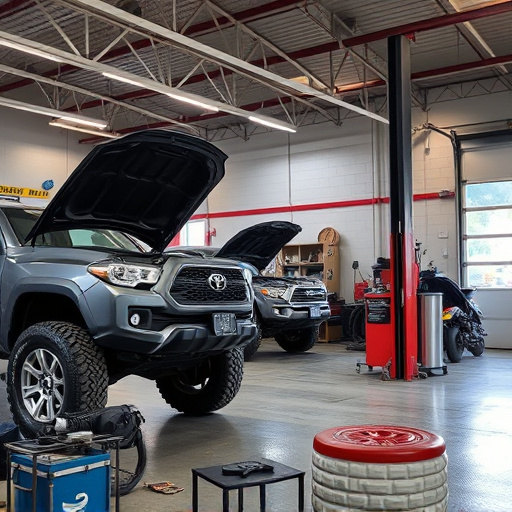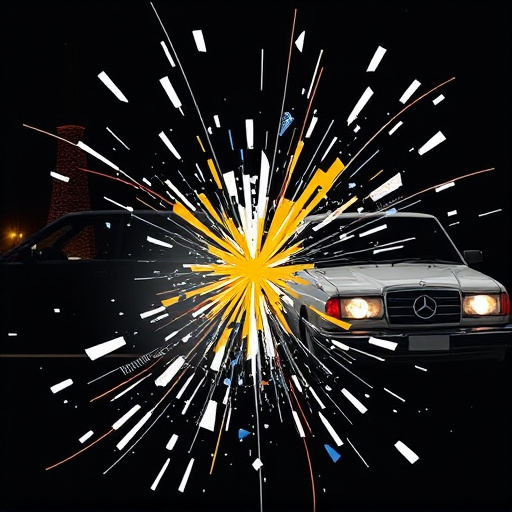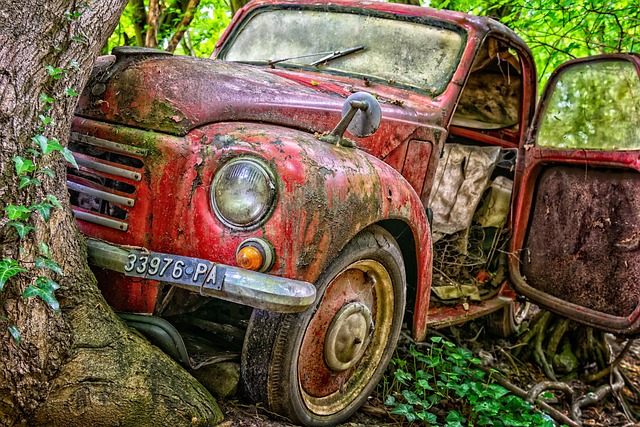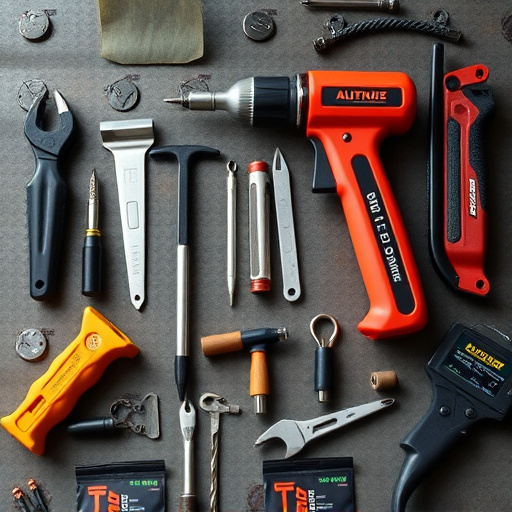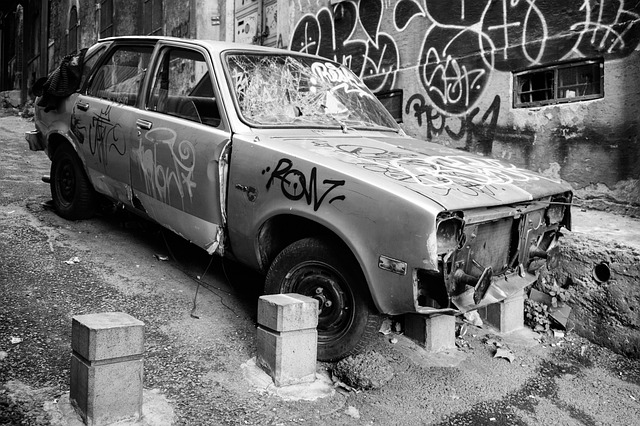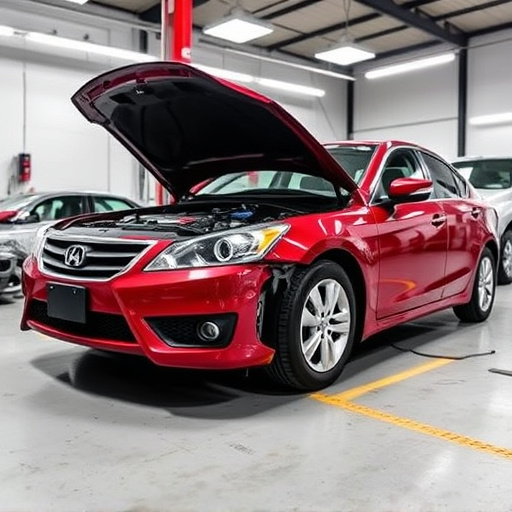After a collision, assessing and repairing your vehicle's air conditioning (AC) system is essential for passenger comfort and safety. Minor AC repairs address less severe issues like dented components, damaged hoses, or refrigerant leaks, and are quicker and more cost-effective. Major AC repairs, involving components like the compressor, condenser, or evaporator coils, require specialized knowledge, precise measurements, and adherence to safety standards for refrigerant leaks, taking longer and costing more. Understanding the difference between minor and major repairs helps make informed decisions, balancing cost, time, and expertise for prompt resolution.
After a collision, assessing your vehicle’s damage is crucial. One common concern is the air conditioning (AC) system. Understanding the distinctions between minor and major AC repairs post-collision is essential for informed decision-making. While minor fixes might involve recharging refrigerant or replacing hoses, major AC damage could require compressor replacement or even system reconstruction. This article guides you through these differences, focusing on cost estimates and turnaround times to help you navigate AC repair after a collision effectively.
- Understanding Minor AC Repair After Collision
- Recognizing Major AC Damage Post-Collision
- Comparing Costs and Timeframes for Effective Decision Making
Understanding Minor AC Repair After Collision

After a collision, assessing the damage to your vehicle’s air conditioning (AC) system is crucial. Minor AC repairs after a crash typically involve less severe issues like dented or displaced components, damaged hoses, or leaks in the refrigerant lines. These can often be resolved with simple adjustments and replacements, making them more cost-effective and quicker to fix compared to major repairs.
Automotive repair specialists will first inspect the AC system for any visible damage and check for refrigerant leaks using ultraviolet detection tools. If the damage is minimal, they might perform tasks such as recharging the refrigerant, replacing damaged parts, or sealing leaks. Vehicle repair services for minor AC repairs are generally faster and less expensive than those for major ones, ensuring your comfort without breaking the bank. In a car body shop, experienced technicians can accurately diagnose and address these issues, getting your AC blowing cold air again in no time.
Recognizing Major AC Damage Post-Collision

After a collision, recognizing major AC damage is crucial for safety and efficiency. While some minor dents or scratches on your car’s exterior might be easily overlooked, an issue with your air conditioning system could pose significant risks if left unattended. Major AC repair after a collision involves more than just fixing a broken component; it requires a comprehensive assessment to ensure the system operates safely and effectively. Signs of major damage include unusual noises, reduced cooling performance, or even complete failure to function. These symptoms often indicate issues with key components like the compressor, condenser, or evaporator coils, which are integral to the AC system’s functionality.
Compared to minor fender bender repairs or car dent removal, AC repair after a collision demands specialized knowledge and equipment. Professionals trained in automotive systems can identify complex problems that might not be immediately apparent, such as leaks in the refrigerant lines or damage to electrical connections. Unlike straightforward fender repair or dent removal processes, AC repairs often necessitate precise measurements, replacement parts, and adherence to safety standards to prevent environmental harm caused by refrigerant leaks.
Comparing Costs and Timeframes for Effective Decision Making
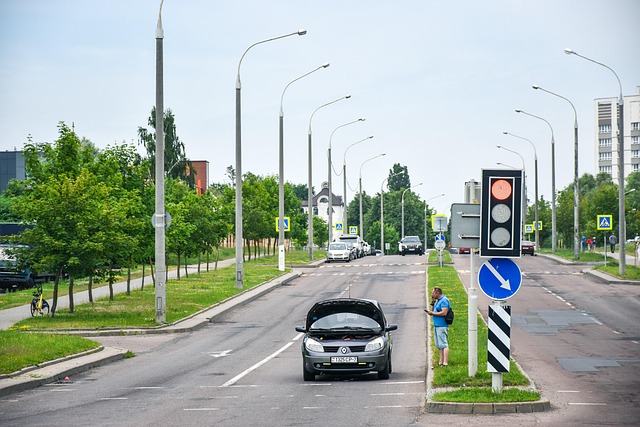
When dealing with AC repair after a collision, understanding the differences between minor and major repairs is key to making informed decisions. While a minor fix might include repairing or replacing a damaged condenser or evaporator coil, which can often be accomplished within a few hours and at a relatively lower cost, major AC repairs involve more complex issues like damage to the refrigerant system or even complete unit replacement. These typically take longer, costing several hundred dollars or more.
Comparing costs and timeframes is crucial for effective decision making. Auto repair services for minor AC repairs are usually swift, allowing you to get back on the road promptly. In contrast, major AC repairs often require specialized auto body repair skills and parts, leading to extended downtime. Balancing these factors will help ensure your comfort and convenience while navigating through the process of AC repair after a collision.
When considering AC repair after a collision, understanding the distinctions between minor and major damage is crucial. Minor repairs can often be addressed swiftly and cost-effectively, while significant damage may require more extensive work and time. By carefully evaluating the extent of the harm, vehicle owners can make informed decisions, ensuring both optimal performance and financial efficiency for their air conditioning systems. This knowledge empowers folks to navigate post-collision AC repair effectively, keeping them cool and comfortable during the summer months.
